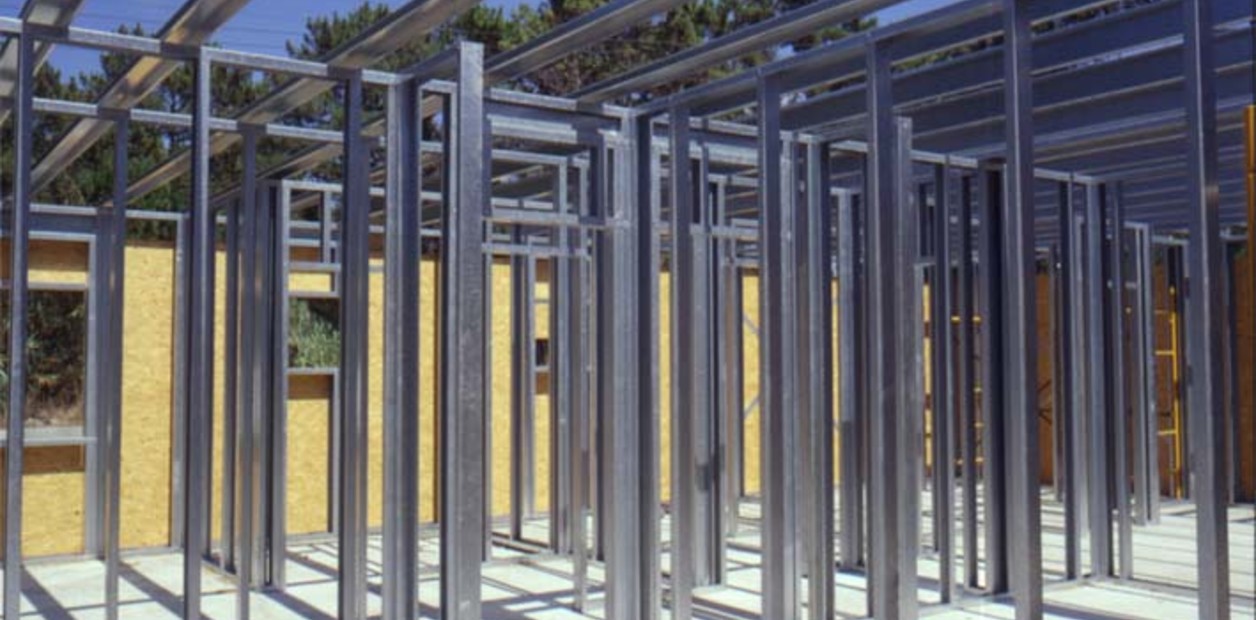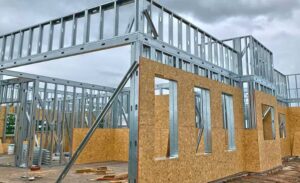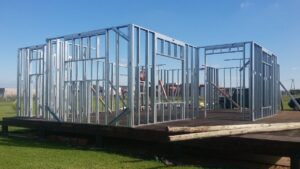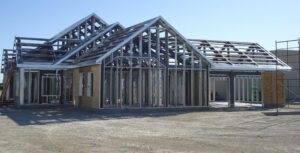Steel framing is an increasingly popular construction technique due to its many advantages. However, despite being an innovative and efficient option, some myths still exist that may create doubts for those seeking alternatives to traditional construction.
At J3, we are dedicated to offering steel framing construction solutions, and we want to clarify the main myths and truths about this system so you can make informed decisions when building.
Myth 1: Steel framing is fragile and not strong
One of the most common myths about steel framing is that steel is a fragile material. On the contrary, the steel used in this system is highly resistant and durable. In fact, steel framing is ideal for withstanding extreme conditions, including earthquakes and climate changes, since steel is much more flexible and adaptable to structural movements than more rigid materials like concrete or brick.
Myth 2: Steel framing is more expensive than traditional construction
Although the initial cost of steel framing materials can be somewhat higher than traditional construction, the system is more economical in the long run. This is because construction times are much shorter, significantly reducing labor costs. Additionally, steel framing requires less maintenance and is less susceptible to damage from moisture, pests, or corrosion, generating savings over time.
Myth 3: Steel framing is not suitable for all regions
Another common myth is that steel framing is not suitable for certain regions, especially those with extreme climates or high humidity. In reality, steel framing is ideal for a wide variety of environments, as steel is a highly adaptable and resistant material to adverse conditions.





